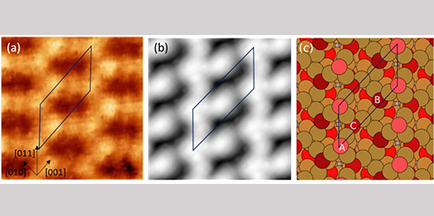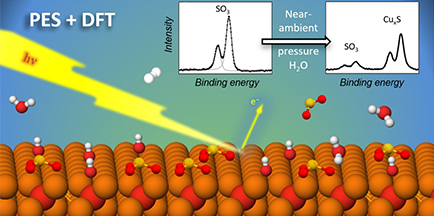Surface Physics
Surface phenomena plays an important role in many areas of science and technology; electronic devices, catalysis, corrosion science, nanotechnology, solar cells, energy conversion, and sensors.


Our research
Within the Surface Physics group at Materials and Nanophysics, we combine experimental studies using scanning tunneling microscopy (STM), synchrotron radiation based photoelectron spectroscopy (PES) and X-ray absorption spectroscopy (XAS) with density functional theory (DFT) to reveal the reaction steps and mechanisms on the atomic level from ultra-high vacuum up to ambient pressure conditions. Our studies aim at establishing the relationship between atomic structure and catalytic function for active phases of catalysts.
At present our main focus is twofold; 1) growth and characterization of surface oxides on metals (Fe and Al) and bulk oxides (Cu2O) and their catalytic or corrosive function in different environments and different surface structures, and 2) catalytic cracking of hydrocarbons using Ni-catalysts.
Our work is often done in collaboration with other research groups, both within Sweden and abroad. We frequently visit synchrotron radiation laboratories (MAX-IV, SLS, Alba).
